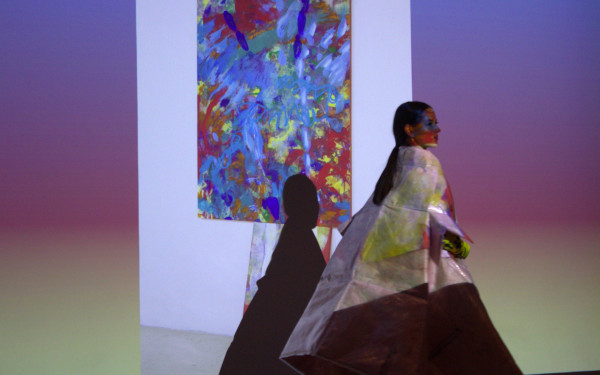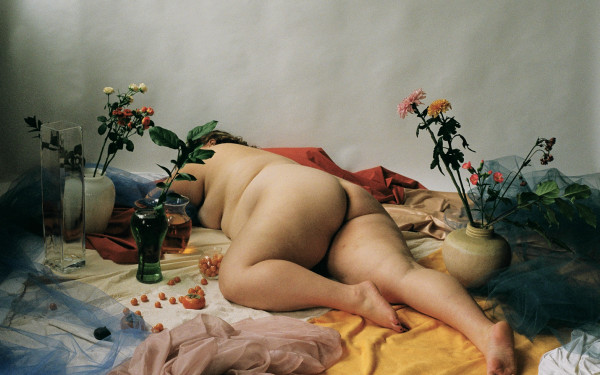Michaëlle Sergile weaves together the history of Black women in Montreal
To All the Unnamed Women seeks to restore the legacy of marginalized Black women
On Sept. 13, the McCord Stewart Museum began hosting Michaëlle Sergile’s exhibition, À toutes ces femmes que l’on ne nommait pas (To All the Unnamed Women). This collection of woven works and archival finds aims to piece together the lives of Black women in Montreal between 1870 and 1910
According to museum president Anne Eschapasse, the exhibit is the first of the fall season and the first of a new series of collections.
“[It’s] to amplify the voices of marginalized communities,” Eschapasse said.
To All the Unnamed Women is part of the museum’s Artistes en résidence project, which invites artists to research and critically examine the museum’s archive collection and create works that relate history and art.
The exhibition features seven beautifully woven recreations of archival photos and a timeline of handpicked pictures from the photographer, both from William Notman’s collection. These works place Black women in time and space from 1834 to 1910. The exhibition also displays a short experimental film done by Sergile, shot on a 16mm Bolex camera, and aims to recreate what the lives of the anonymous women would have been like.
The title of the exposition is literal. Most of the women featured are anonymous, and there is very little information available about them other than their photographs. This anonymity is also represented in a few woven pieces where the faces of the women are blacked out, symbolizing everything unknown about them and the depth of what is left to learn.
Sergile believes that, although it is unfortunate we cannot know more about those women, there is something symbolic about it.
“There is something beautiful in getting to imagine what their lives could have looked like, and reconstructing them,” Sergile said.
Sergile’s exhibition shines a light on those women’s lives while also acknowledging the difficulties of learning their stories through the museum’s archives. This difficulty is due to what she calls “archival violence,” which describes the lack of interest in preserving Black women’s history.
An important section of the exhibition is centered around the Coloured Women’s Club of Montreal (CWCM). Founded in 1902, the organization played a significant role in Montreal’s Black community by helping newcomer families find housing and financial support. The exhibition allows attendees to learn more about the club and its impact while also acknowledging how little is known about those women as individuals.
A collage wall displays photos of the women, including members of the CWCM, standing alongside objects Sergile chose from the archives to represent them. Visitors can also visit a small room and watch interviews with Sergile discussing her weaving process and the inspiration behind the project.
Sergile’s passion for her work is felt throughout the exhibition through her art, of course, but also through the time and care she put into researching and organizing it.
Archive conservator, Mathieu Lapointe, explained how fortunate he felt to access the Notman Photographic Archives. Lapointe explained that it is rare to find photos of Black women from this time period that feature their names or provide insight into their lives. “[Black women] were often photographed with their husbands or as governesses,” Lapointe said.
Some photo inscriptions only have the husband’s name–such as one image which shows a Black woman holding a white baby, that reads, ‘Baby Paikert and Nursemaid.’ Another similar photograph has the inscription ‘Mrs. Farquharson,’ but it is unclear whether the name refers to the picture’s subject or the person the picture is for.
Sergile wants visitors to understand that these women existed, to gain insight into the context of their lives. She also wants us to become aware of the challenges and limitations of working with archives concerning marginalized communities.
Sergile’s new website, Black Samaritan, which she developed with Nancy Oliver-MacKenzie, will launch on Nov. 8 of this year. The site aims to improve access to archives and information about key contributors and historical figures in Montreal’s Black community.
The exhibition will be open to the public until Jan. 12, 2025.


_600_832_s.png)




